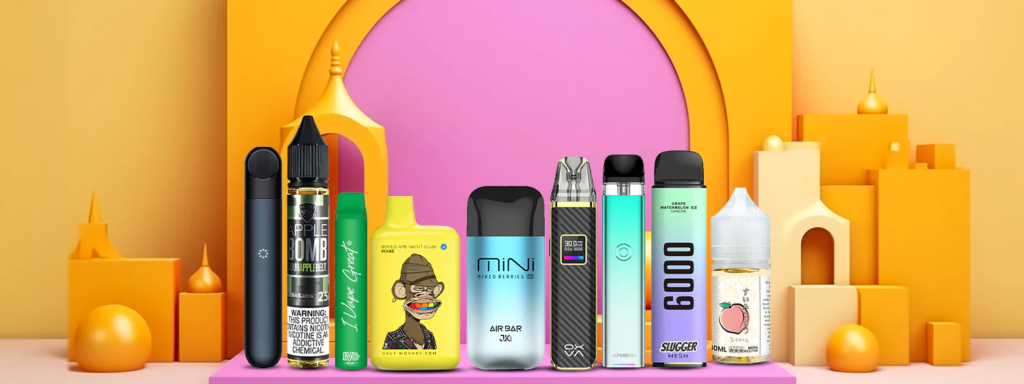Vaping has become a significant trend in recent years, capturing the attention of both smokers looking for alternatives and those curious about the latest in lifestyle and technology. The concept of vaping, which involves inhaling vapor produced by an electronic cigarette or similar device, emerged as a modern alternative to traditional tobacco smoking.

As vaping technology advances, it continues to evolve, offering a variety of options and flavors to meet diverse preferences. Understanding the fundamentals of vaping, its benefits, potential risks, and the range of products available can provide valuable insights for both newcomers and seasoned vapers.
The rise of vaping Enjoy Ultra 9000 has been driven by its perception as a less harmful option compared to smoking. Traditional cigarettes contain thousands of chemicals, many of which are known to cause serious health issues, including cancer. Vaping, on the other hand, uses e-liquids that generally contain fewer toxic substances.
This has led many smokers to view vaping as a viable method for reducing harm and eventually quitting smoking altogether. E-cigarettes, the most common devices used for vaping, come in various styles and designs. From basic disposable pens to advanced box mods with customizable settings, there is a device to suit nearly every preference. The core components of a vape device include a battery, a heating element, and a tank or cartridge filled with e-liquid.
The battery powers the heating element, which vaporizes the e-liquid, allowing users to inhale the vapor. E-liquids, also known as vape juices, are available in an extensive range of flavors and nicotine strengths. This variety allows users to tailor their vaping experience to their tastes and preferences.
Popular flavors range from traditional tobacco and menthol to more exotic options like fruity blends and dessert-inspired concoctions. Nicotine strength in e-liquids can also be adjusted, catering to those who are trying to gradually reduce their nicotine intake or those who prefer higher levels of nicotine. Despite the advantages, vaping is not without its controversies and potential risks. While it is generally considered less harmful than smoking, there are concerns about the long-term health effects of inhaling vaporized substances. Some studies suggest that certain chemicals found in e-liquids, such as diacetyl, may pose health risks when inhaled over extended periods. Additionally, the impact of vaping on lung health and cardiovascular systems is still being studied.
Another area of concern is the appeal of vaping to younger audiences. The vibrant flavors and marketing strategies targeting youth have raised alarms about potential nicotine addiction and the possibility of vaping serving as a gateway to smoking traditional cigarettes. Regulatory bodies around the world are grappling with how to address these concerns, balancing the need for harm reduction with the protection of public health. In response to these concerns, many countries have implemented regulations to control the sale and marketing of vaping products, especially to minors. These regulations aim to ensure that vaping remains a tool for adult smokers looking to quit rather than a new trend among young people.
As the vaping industry continues to grow, innovation plays a crucial role in shaping its future. Advances in technology have led to the development of more sophisticated devices and improved e-liquids. Features such as temperature control, adjustable wattage, and advanced safety mechanisms offer users more control over their vaping experience. The industry is also seeing an increase in research and development efforts focused on creating safer and higher-quality products. For those considering making the switch from smoking to vaping or exploring vaping as a hobby, it’s important to approach it with knowledge and caution.
Consulting with healthcare professionals, staying informed about the latest research, and choosing reputable products can help ensure a safer and more satisfying vaping experience. In conclusion, vaping represents a modern evolution in the pursuit of smoking alternatives, offering a range of options for those looking to reduce harm or enjoy a new experience. While it presents certain advantages over traditional smoking, it is essential to remain aware of its potential risks and stay informed about ongoing research and regulations. The future of vaping will likely be shaped by continued advancements in technology, evolving regulations, and a growing understanding of its long-term effects.